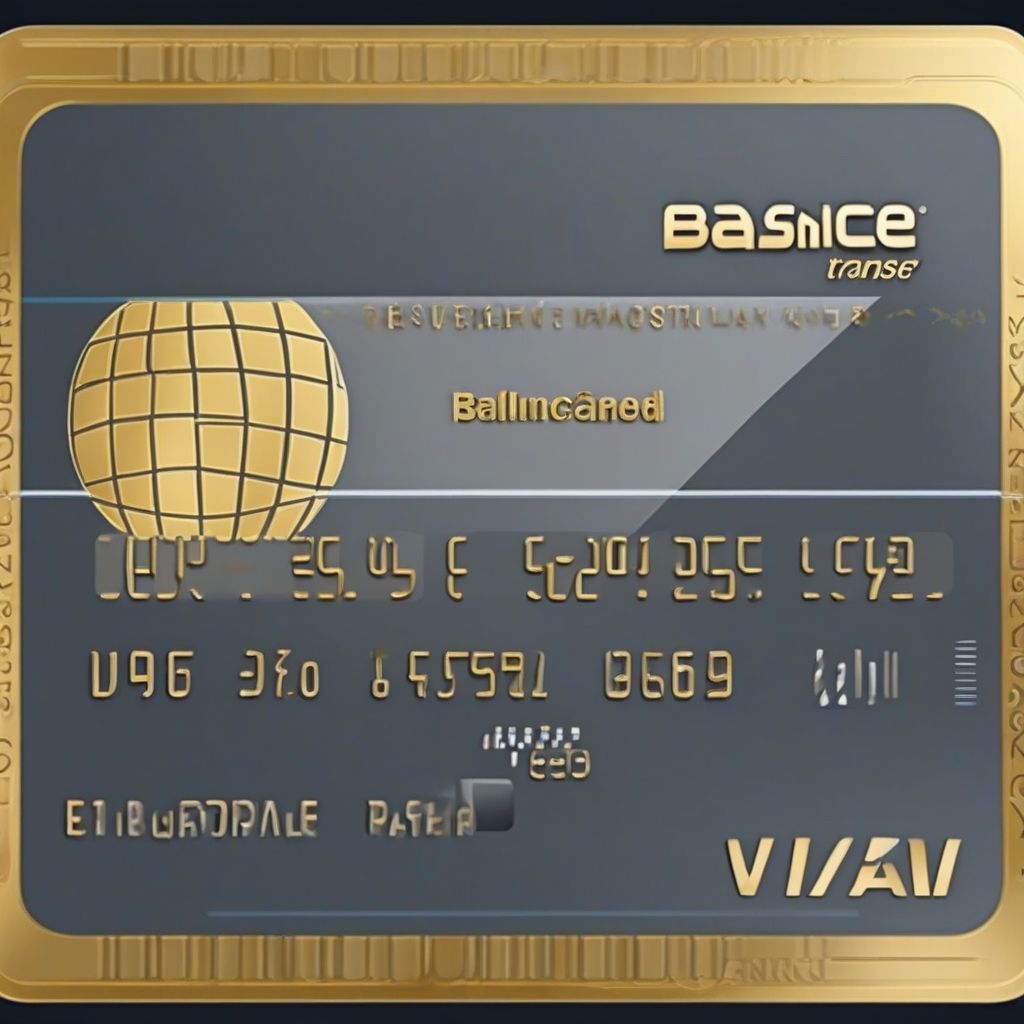Are you struggling with high-interest credit card debt? A balance transfer card could be your ticket to financial freedom. These cards offer a promotional period with 0% APR, allowing you to transfer your existing debt and pay it down faster without accruing interest. But with so many options available, finding the Best Cards With Balance Transfer for your needs can feel overwhelming.
Understanding Balance Transfer Cards
Before diving into the best cards, let’s clarify what a balance transfer card is and how it works. Essentially, it’s a credit card that allows you to transfer the balance from one or more existing credit cards to a new card, often with a lower introductory interest rate. This introductory period typically lasts for a predetermined time, usually between 12-21 months.
Why Are Balance Transfer Cards Beneficial?
- Interest Savings: The 0% APR promotional period lets you focus your payments on reducing your principal balance instead of paying off interest charges.
- Debt Consolidation: Simplify your finances by combining multiple credit card debts into one monthly payment.
Key Factors to Consider When Choosing a Balance Transfer Card
- APR and Intro Period Length: Look for the longest 0% APR period possible to maximize your interest savings.
- Balance Transfer Fee: Most balance transfer cards charge a fee (typically 3-5% of the transferred amount). Factor this fee into your calculations to ensure you’re actually saving money.
- Credit Limit: Ensure the card offers a credit limit high enough to accommodate your existing debt.
- Ongoing APR: After the introductory period ends, a standard variable APR applies. Consider this rate when assessing the long-term affordability of the card.
- Rewards and Perks: Some balance transfer cards offer rewards programs, cashback, or travel points.
Common Questions About Balance Transfer Cards
Q: How do I transfer my balance to a new card?
A: The application process is usually straightforward. You’ll need to provide your existing credit card information, including the account number and balance.
Q: Will transferring my balance hurt my credit score?
A: Applying for a new credit card can cause a temporary dip in your credit score. However, successfully managing a balance transfer card and paying down debt can improve your creditworthiness over time.
Q: What happens after the introductory period ends?
A: Once the promotional period expires, a standard variable APR will apply to any remaining balance. It’s crucial to have a plan to pay off your debt before this happens.
 Balance Transfer Card
Balance Transfer Card
Finding the Right Balance Transfer Card for You
- Excellent Credit: If you have excellent credit, you’ll qualify for cards with the longest 0% APR periods and lowest balance transfer fees.
- Good Credit: A good credit score still opens doors to many competitive balance transfer offers.
- Fair or Limited Credit: While options may be more limited, secured balance transfer cards could be a viable solution for rebuilding credit.
Expert Insight
“Balance transfer cards can be a powerful tool for tackling credit card debt,” says [Insert Name of Financial Expert], Certified Financial Planner at [Insert Name of Financial Institution]. “However, it’s crucial to choose a card that aligns with your financial goals and to have a solid plan for paying off your balance before the introductory period ends.”
Conclusion
Navigating the world of balance transfer cards doesn’t have to be daunting. By understanding the key factors and asking the right questions, you can find the best card to help you conquer your debt and achieve financial wellness. Don’t hesitate to reach out to your financial advisor to discuss your specific situation and create a personalized debt reduction strategy.